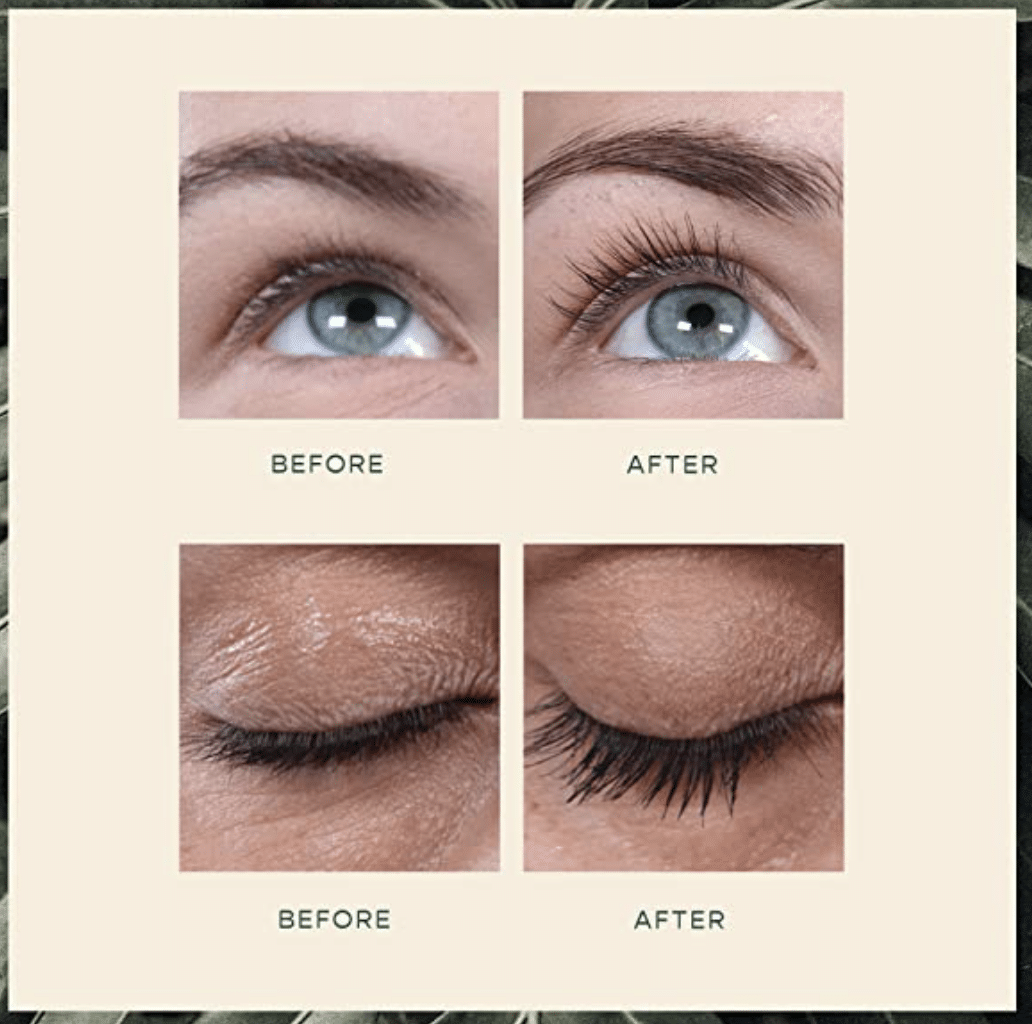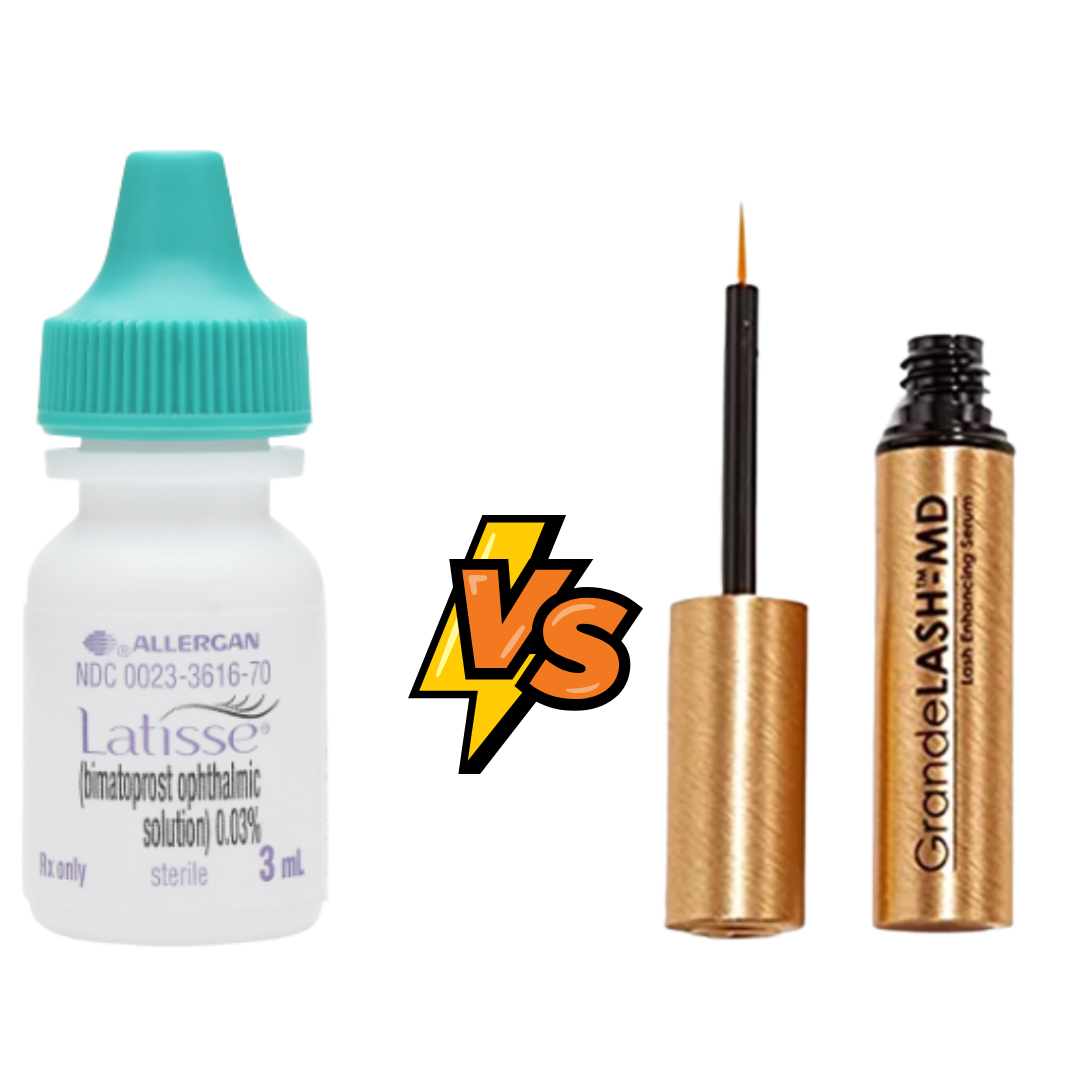There can be some confusion on what defines a widow’s peak and a receding hairline, so what exactly is the difference? Both these types of hairlines can look very similar, so you would be totally forgiven for thinking you have a receding hairline when actually, you’ve just been born with a pretty common, but slightly different looking, hairline. Both men and women experience thinning hair and hair loss to varying degrees as they age. This is, unfortunately, merely is a natural part of aging. The hair loss can be substantial, especially for men. A widow’s peak is a V-shaped pattern within the hairline in the center of the forehead. The term comes from the belief that hair that grows to a point on the forehead, which can be suggestive of the peak of a widow’s hood (also referred to as a mourning cap or a widow’s cap) – is an omen of early widowhood. The widow’s peak can be a natural physical feature of a person as influenced by their genetics. Men with naturally occurring widow’s peaks don’t necessarily lose more hair. Men with a widow’s peak find themselves in good company. There are many historical figures and Hollywood actors who sport this look. Examples include Jude Law, Johnny Depp, Keanu Reeves, Chris Hemsworth, Leonardo DiCaprio, and John Travolta. Interestingly, there’s also a “reverse” widow’s peak where your hairline has an upside-down “V” shape.
How Do You Know If You’re Balding?
As the hair loss proceeds, the hair follicles on the scalp gradually become smaller as time passes, causing new hair to grow thinner and last shorter than the previous one. You can try to look at some photos of yourself side-by-side. If you had a straight hairline when you were younger but now have a V-shaped hairline, you might be balding. A sudden increase of hair in the shower or around the house can be a tell-tale sign. You might also notice extra hair in your brows or find your pillow covered with hair that fell off. You can have someone inspect your scalp. Baldness can often begin to take shape at the crown of a man’s head, which can be hard for a person to see on his own. The best way to determine whether you are losing more hair than you should is to speak with a licensed dermatologist.
The Widow’s Peak Myth
You might find information online that speaks to the science behind this hairline shape. Since the internet would never lie to you, we did some digging ourselves. According to a brief article published by John H. McDonald of the University of Delaware, there’s actually been very little scientific research conducted on this characteristic. In fact, he only found two actual papers (versus information online that may or may not be founded in scientific evidence), in which researchers thoroughly studied this subject. Unfortunately, neither study detailed the type of specific information that would be needed to draw firm conclusions—such as the researchers’ definitions of a widow’s peak—which resulted in incredibly different results without any real foundation.
CAN A WIDOW’S PEAK BECOME A RECEDING HAIRLINE?
Yes! A widow’s peak can start to move backwards. This is completely natural and will be the initial phase of a receding hairline.
WHAT IS A WIDOW’S PEAK?
Key Elements of a Widow’s Peak:
- Natural hairline.
- V-shape at the front.
- Possibly inherited.
A widow’s peak can be easily confused by a receding hairline as it is recognizable by its V-shape. The bottom of the V will be visible at the center of the forehead. The name supposedly stems back to the 16th century, when widowers used to wear a peaked headdress after they lost their spouse. Don’t worry, you can ignore all the bizarre superstitions linked to it.
Widow’s Peaks and Baldness Aren’t the Same Things
Is a receding hairline the same thing as a widow’s peak? No, not at all. However, these two terms are often mistaken for each other. Men who have widow’s peaks are born with this pattern. Men who develop male pattern baldness do just that—develop it as they age. Of course, some men have the honor of enduring a receding hairline much younger than other men. Some guys even start to go bald in their teenage years, which is a fear of many younger fellas unless they’re the kids who have figured out how to go on beer runs for their friends because their looks far exceed their actual years. The reason widow’s peaks are often mistaken for baldness is because of the pattern in which some men do lose their hair. It’s not uncommon for the top of the crop to stick around longer than spots of hair that cover the northeast and northwest sides of the scalp. With that said, hair loss that occurs with age really gets to pick its own path in life, so if it wants to start receding in an even pattern from the top of your forehead toward the nape of the neck like LeBron James on game day, you really don’t get to have much say in the matter. In that respect, the natural appearance of a widow’s peak and the pattern in which balding happens are quite similar; it’s all up to the ‘do your body chooses to produce. If your widow’s peak seems to have appeared overnight but was never present in photos of you as a child, you might be experiencing the beginnings of baldness. True widow’s peaks are with you throughout life. Receding hairlines sneak up on you when you least expect them.
Addressing a Widow’s Peak Caused by Balding
Hair loss of any kind can be frustrating, embarrassing, or upsetting. Regardless, know that you have options you can look at and that there are treatments available. Male baldness usually begins between the age of 30 and above. You would address the widow’s peak caused by balding in the same manner as thinning hair on other parts of your scalp. Licensed or certified dermatologists can guide you through the steps you will need to take to reduce your hair loss. Treatment for hair loss varies from case to case as determined by your dermatologist, and may include recommendations to adjust your diet and exercise level. They may also prescribe medication as necessary, usually in the form of a Minoxidil-based shampoo, ointment, or solution (ex. Rogaine and Progaine). Make sure you religiously follow any treatment plan that you and your dermatologist agree on.
Genetics of widow’s peak hair
Largely, researchers believe that widow’s peak is linked to genetics. However, even this has been categorized as a myth by another small group of scientists who say that the theory has not been proved in the field. But since no further work has been done in this area, not much is known about the real and definite cause. It is believed that the widow’s peak is a classic sign of male-pattern baldness. Men with this disorder have a receding frontline from the corners and hence the front becomes more prominent. The condition progresses with age but even men in their 20s can have a widow’s peak. Men are genetically predisposed to male pattern baldness. The level of dihydrotestosterone or DHT, which is a byproduct of the male hormone testosterone, builds up in their scalps resulting in hair loss. DHT not only blocks nutrients from reaching the hair follicles, but it also reduces the size of these follicles resulting in thinning of hair. Hence, follicles keep shrinking and in the end become permanently inactive. Heredity is the main reason for a person to be predisposed towards baldness and genes from both paternal and maternal sides decide your chances of getting bald. The greater the number of bald people in your ancestry, the greater are the chances of you experiencing hair loss.
Final Thoughts
While you may have an understandable worry over hair loss heralded by a widow’s peak, be confident in knowing that there are options available to you to address the issue. The sooner you get in touch with your dermatologist to formulate a course of action, the better. In addition, you can make the most out of your widow’s peak by asking your stylist for good haircut recommendations.






